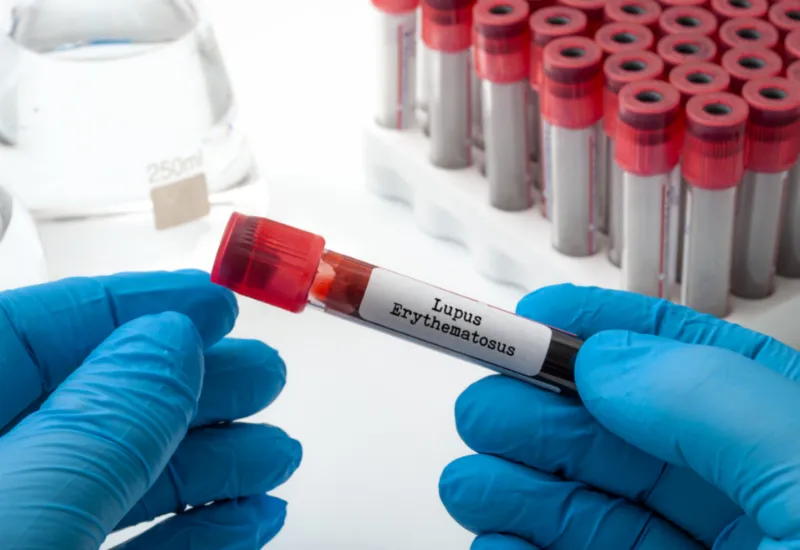Quick Links
For Patients
For Physicians
- Refer a patient to a specialist
- Order labs for patients
- Order radiology for patients
- Order At-Home Services
- Get your practice listed
For Companies

© Copyright 2024 American TelePhysicians. All rights reserved.





Systemic Lupus Erythematosus (SLE) is an auto-immune disorder in which antibodies against the body’s cells (nucleus and cytoplasm) are formed and affect different organs and organ systems. It has a relapsing and remitting course with multi-system involvement and varying clinical features.